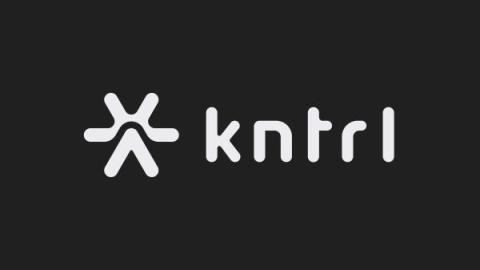Bring-Your-Own-Data (BYOD) to the Kondukto Platform
During this year’s RSA conference in San Francisco, we announced our new exciting platform capability: “Bring-Your-Own-Data” (BYOD), which allows customers to integrate their unique data-streams into the Kondukto Platform. Integrating diverse sets of data has become critical for AppSec. “Bring-Your-Own-Data” drastically improves the visibility for security teams into the application security stack of complex environments.










